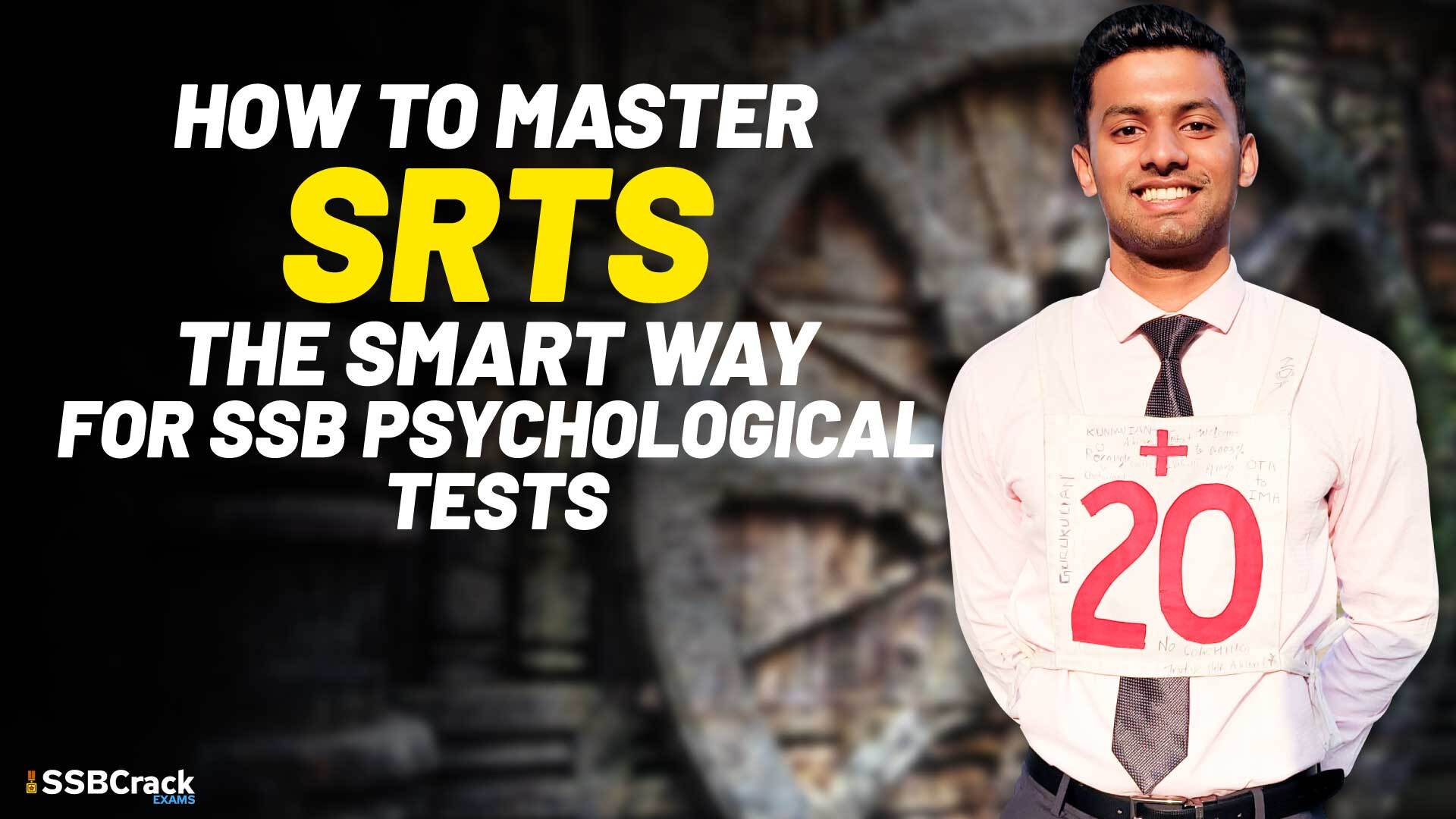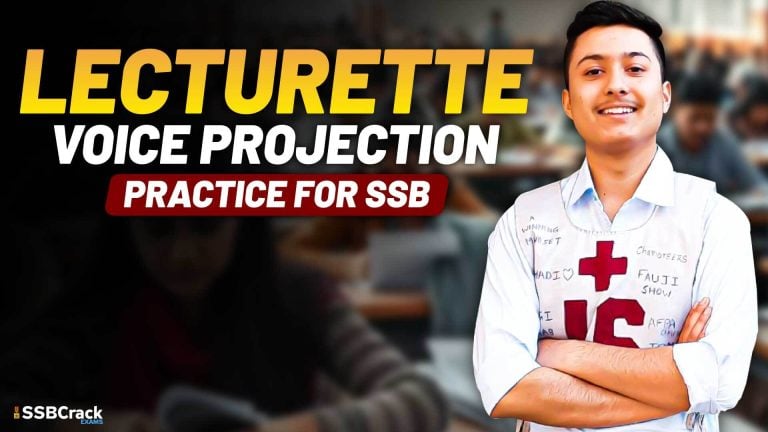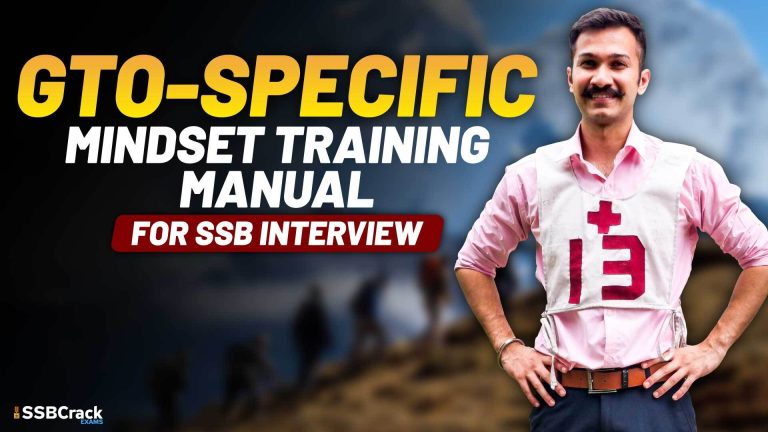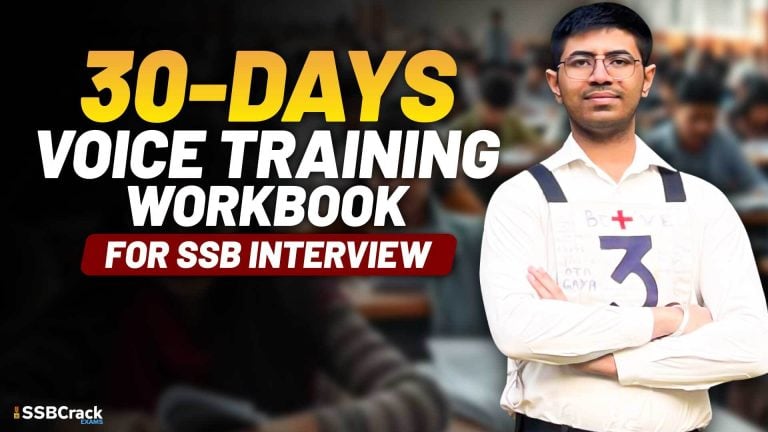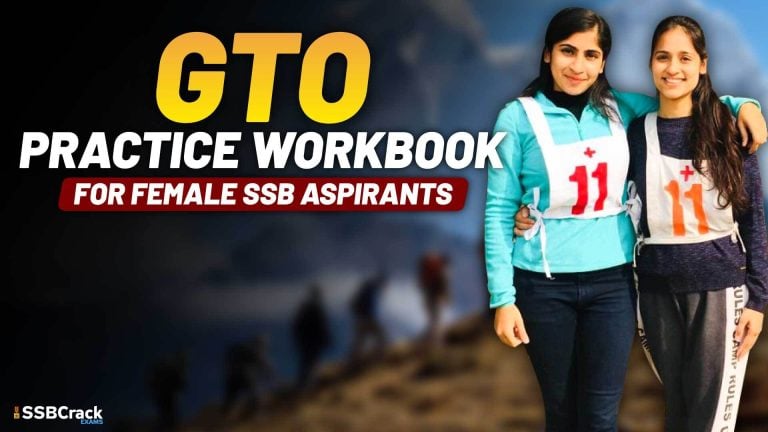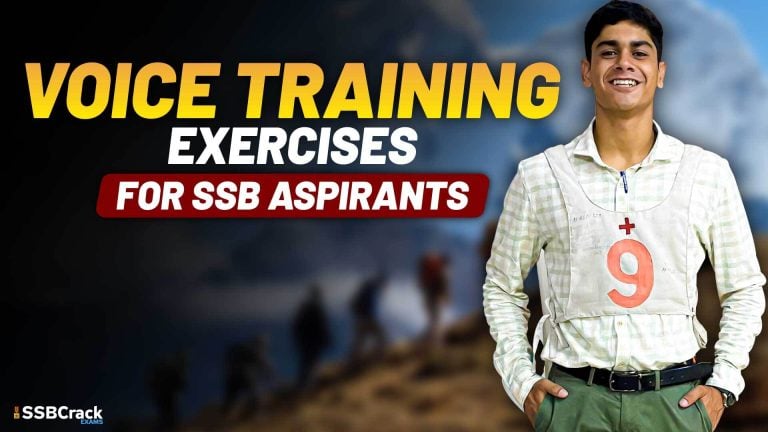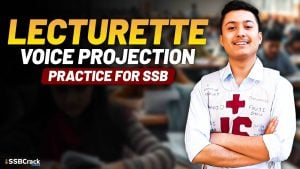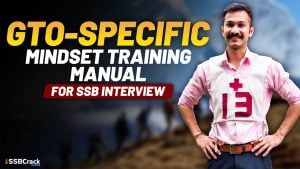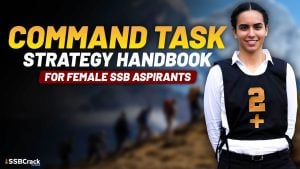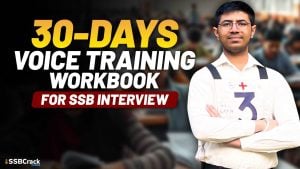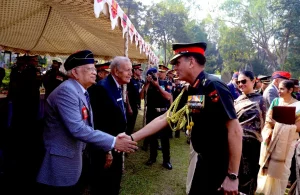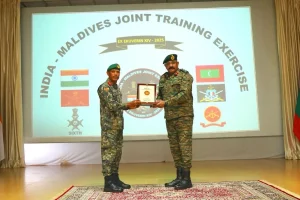The Situation Reaction Test (SRT) is one of the four psychological tests at the SSB, and it’s the one that most directly mirrors your real personality under pressure.
You’ll be given 60 situations in 30 minutes — meaning, you have only about 30 seconds per situation.
The challenge is not speed alone; it’s clarity of thought and decision-making ability. The psychologist isn’t checking your English grammar or handwriting — they’re reading your mindset, maturity, and sense of responsibility.
In this article, we’ll uncover how to handle SRTs smartly — to show calm, confidence, and character in every response.
1. What the Psychologist Wants to See
Each SRT checks whether you:
- Think logically and calmly under stress
- Take initiative and responsibility
- Show courage and optimism
- Care for others and act ethically
The goal: Your reactions must show how you behave — not how you wish to behave.
2. Structure of a Good SRT Response
Every SRT should be:
👉 Brief, action-oriented, and complete
Follow the A-B-C Formula:
- A – Action: What immediate step you take
- B – Benefit: What positive result it brings
- C – Character: What quality it reflects
💬 Example:
Situation – “He saw a child drowning in a pond.”
❌ Poor: “He shouted for help.”
✅ Good: “He quickly jumped in, saved the child, gave first aid, and informed parents.”
– Shows courage, presence of mind, and responsibility.
3. Keep It Realistic, Not Heroic
Don’t write film-like responses.
Example: “He chased 5 armed robbers alone and caught them.”
That sounds fake and immature.
A balanced officer response would be:
“He noted their direction, informed police, and helped block the area.”
— Logical and realistic courage.
4. Use Positive Language
Replace weak or negative verbs with confident ones:
- “Tried” → “Handled”
- “Panicked” → “Stayed calm”
- “Failed” → “Improvised”
Positivity in language reflects positivity in mindset.
5. Maintain Consistency
Your TAT, WAT, SRT, and Self-Description must align.
If your TAT shows initiative but your SRTs show hesitation, that inconsistency confuses the psychologist.
Always keep responses aligned with your natural OLQs — honesty, courage, and problem-solving.
6. Practice the Right Way
- Practice 10–15 SRTs daily with a timer (30 sec each).
- After writing, review your response — did it show responsibility, calmness, or clarity?
- Gradually improve your speed and depth together.
💡 Pro Tip: Instead of memorizing, focus on decision patterns — how you prioritize life, safety, and responsibility.
7. Common Mistakes to Avoid
❌ Writing incomplete reactions (“He did his best”).
❌ Giving unrealistic solutions (“He called the PM for help”).
❌ Overthinking grammar or language.
✅ Instead — think logically, act fast, stay natural.
Conclusion
The SRT isn’t a writing test — it’s a mirror test.
It reflects your presence of mind, courage, and selflessness under stress.
The best way to master it isn’t by mugging up responses, but by training your real-life reaction patterns — take responsibility, think of others, and act with calm urgency.
So next time you face an SRT, remember:
Don’t write like a student trying to impress.
React like an officer who knows what must be done — and does it decisively
